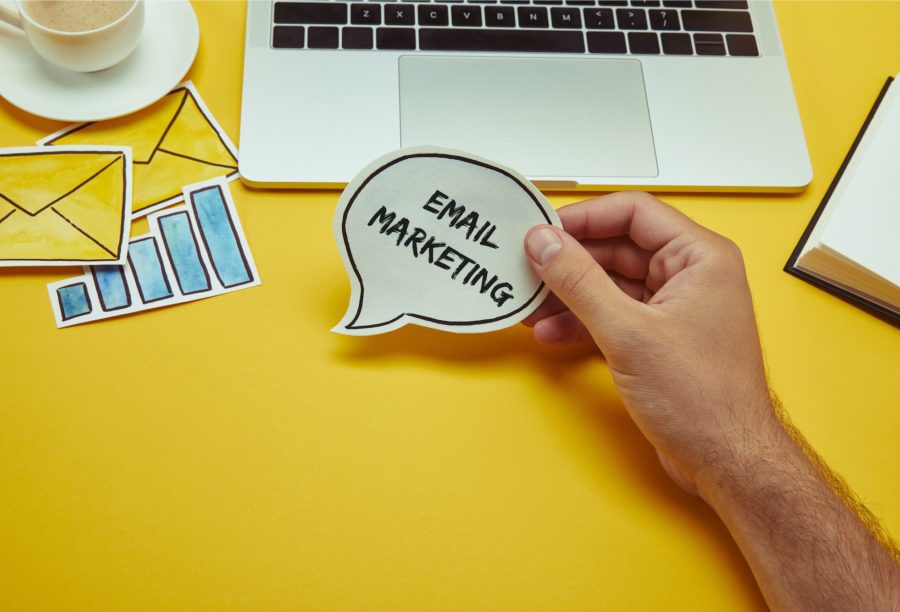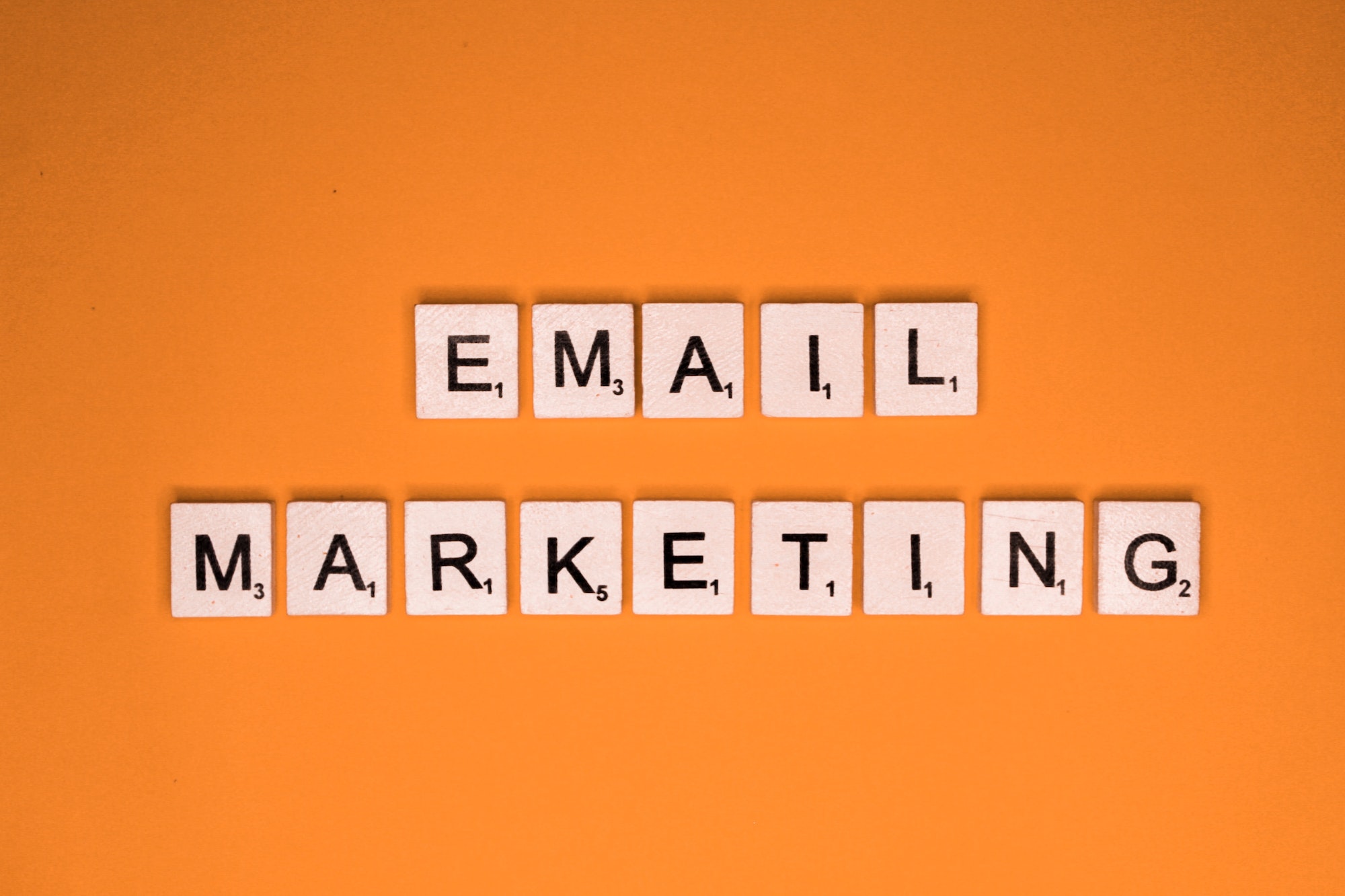
Estimated reading time: 6 minutes
Are you tired of your emails not getting the attention they deserve? Have you spent countless hours crafting perfect messages, only to have them ignored by your customers and prospects? If so, this blog post is for you. In it, I’ll explore how to effectively use email as a marketing technique: from developing an effective workflow process to creating eye-catching subject lines and engaging content – we’ll cover what works in today’s digital age.
Related Links
An email has become one of the most powerful tools businesses have when it comes to connecting with their target audience.
With its unparalleled reach and convenience, it offers small business owners the chance to spread their message quickly and effectively. The goal of this post is simple: teach you how to use email more efficiently as a tool for driving leads through sales funnels that close paying customers consistently. So let’s get started!
Understand Your Audience
Before you can effectively use email as a marketing tool, it’s essential to understand your audience. Take the time to identify who your audience is and what they are expecting from you before hitting ‘Send’. Acknowledge the values of your readers and don’t forget that communication is a two-way street.
Put yourself in their shoes and outline the kinds of messages they would be interested in receiving. Get across how exactly your product or service can add value to their lives, provide them with helpful information, or encourage engagement. One of the best types of emails for this is an engagement email which can be effectively used as an entire email marketing strategy for your audience.

Knowing your target market gives you the ability to narrow down your focus and create plans tailored to their needs so that results are maximized; ultimately allowing for better opportunities for customer conversion and retention. Regarding email marketing, your choice of email hosting provider is very important. It’s essential to find a reliable and secure service provider that fits your needs.
Keep It Simple
If you want to effectively use email as a marketing technique, then start by keeping it simple. It can be tempting to include as much information as possible to make sure all your points are covered, but too much information can end up overwhelming or confusing readers. Instead, focus on including only the information that is relevant to the topic at hand. This approach makes it easier for people to quickly focus on the most important details, leading to better understanding and engagement from the target audience.
Don’t forget to include a call-to-action in your emails as well. A CTA may be as simple as encouraging people to visit the website or watch a video, or it could be something more elaborate such as signing up for an event or registering for a webinar. Whatever the case, make sure that the CTA is clear and easy to understand.
Utilize An Automated Email System
Automating your email marketing can save you time and resources, as well as help to ensure you reach all your customers with the right messages at the right time. This is known as the appropriate send time. Setting up automated emails just requires a few simple steps – create the message, set up the rules to trigger it, and customize its timing frequency. When an automated system is in place, you don’t have to remember to reach out to each customer manually; instead, your messages are sent out without any additional effort required on your part.
An automated system also ensures that customers receive relevant information that is tailored to their individual needs and interests. Utilizing an automated email system for marketing can be one of the most efficient techniques for businesses seeking results from their campaigns.
Personalize Content
Crafting an email that resonates with readers starts with making sure it connects to them personally. Using their name, asking a question, or customizing the content based on past interactions are all well-known ways to bring a personal touch to your emails. Taking the time to craft an email with personalized content shows your audience that you care about what they want and need, ultimately increasing their investment in the conversation and your brand.
A personal touch opens doors for more meaningful conversations and can lay the foundation for lifetime customers.” Make sure you put the effort into giving each of your emails that special something that only comes from individual attention.
Monitor Performance
One of the most important tools for effective email marketing is keeping track of your performance. By monitoring when your emails are sent, how many people open them, otherwise known as the click-through rate, and which ones generate the most interest or sales, you can make sure that your strategies are continuing to generate positive results. This data can also be used to help come up with new ideas on how to reach out to customers and build relationships.
Once you have this information, it’s important to use it, someone, in order to stay ahead of the competition. Monitoring performance will ensure that your email marketing efforts remain efficient and effective as you move forward.
Be Creative With Subject Lines
It’s amazing to think that something so seemingly small, like a subject line, can have such a huge impact on the success of an email campaign. It’s all about being creative- for example, instead of aiming for the straightforward “Check Out Our New Product!” try thinking outside of the box and crafting something quirky yet catchy. Perhaps something like “It’s Time To Unwind With Our Latest Offer” might do the trick!
No matter what kind of product or service you are promoting, the key is to come up with unique and interesting subject lines that make your customers curious enough to open the email and find out more.

Taking the time to identify your audience, keep content simple and relevant, personalize emails, create catchy subject lines, utilize automated email systems, and monitor performance email as a marketing technique can be an incredibly effective tool. Some may even argue that it is one of the most essential tools for modern-day businesses in order to build relationships with customers and generate interest in their products or services.
Entrepreneurs just have to remember that in such a competitive market they need to take time to analyze exactly who their target audiences are and harness strategies tailored specifically to them like effective marketing emails in order to stand out from the competition. The fundamentals of effective emailing lie within its creativity and customization, so make sure you put in the effort necessary for success!
Contact Matchbox Design Group Today!
If your website could use a refresh or you’re looking to drive more traffic to your site, fill out the form below and we’ll contact you to learn more about your digital needs.

